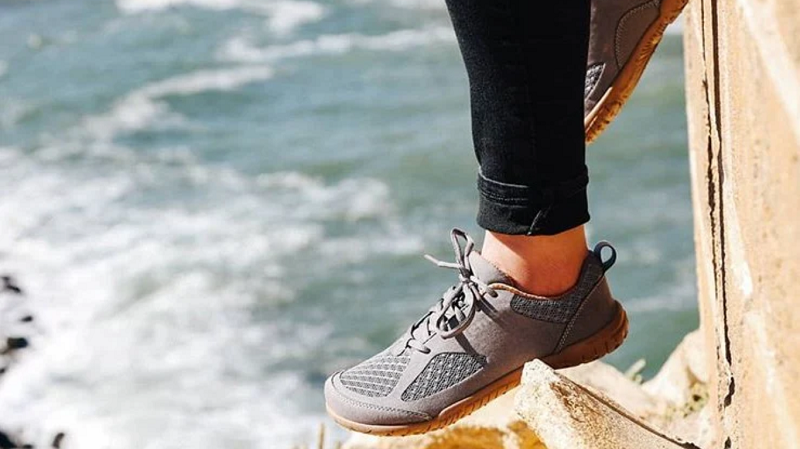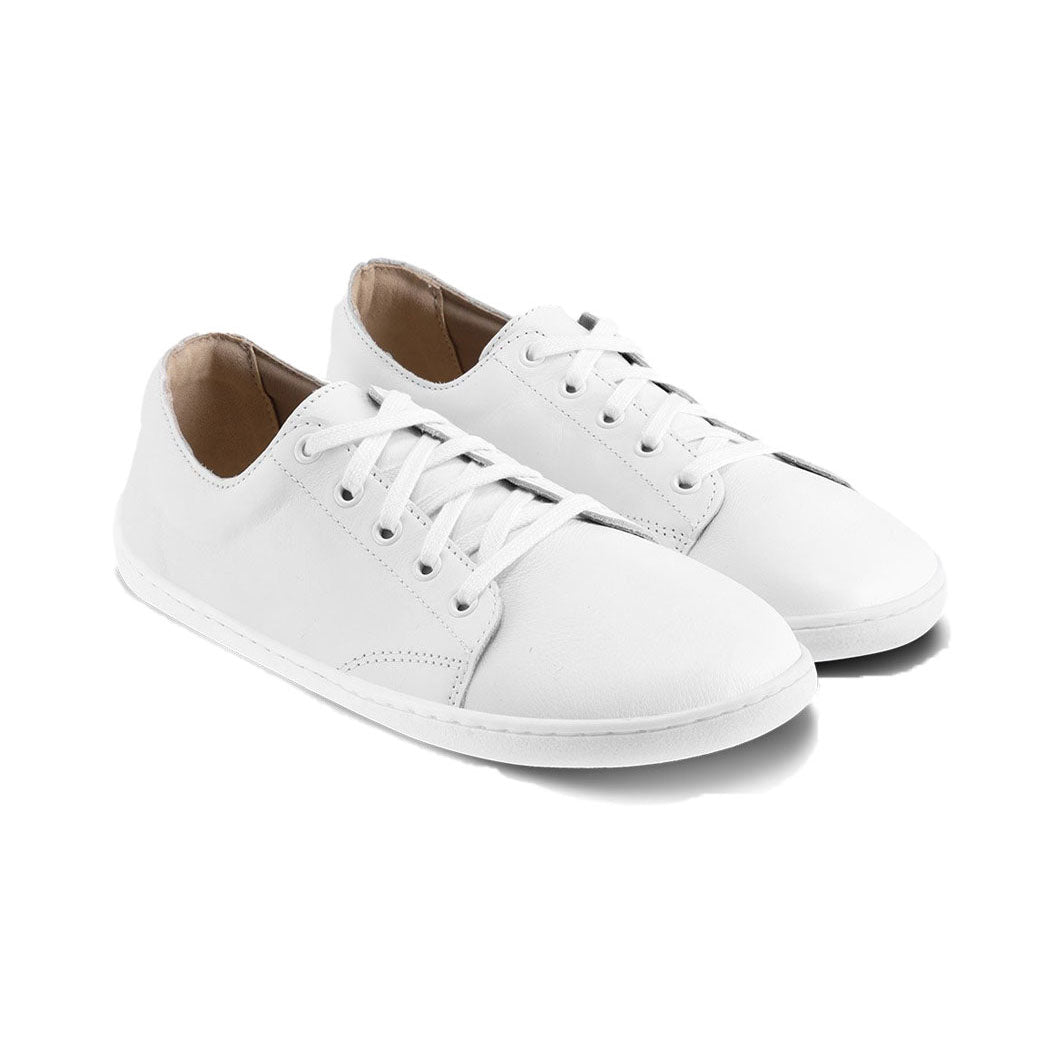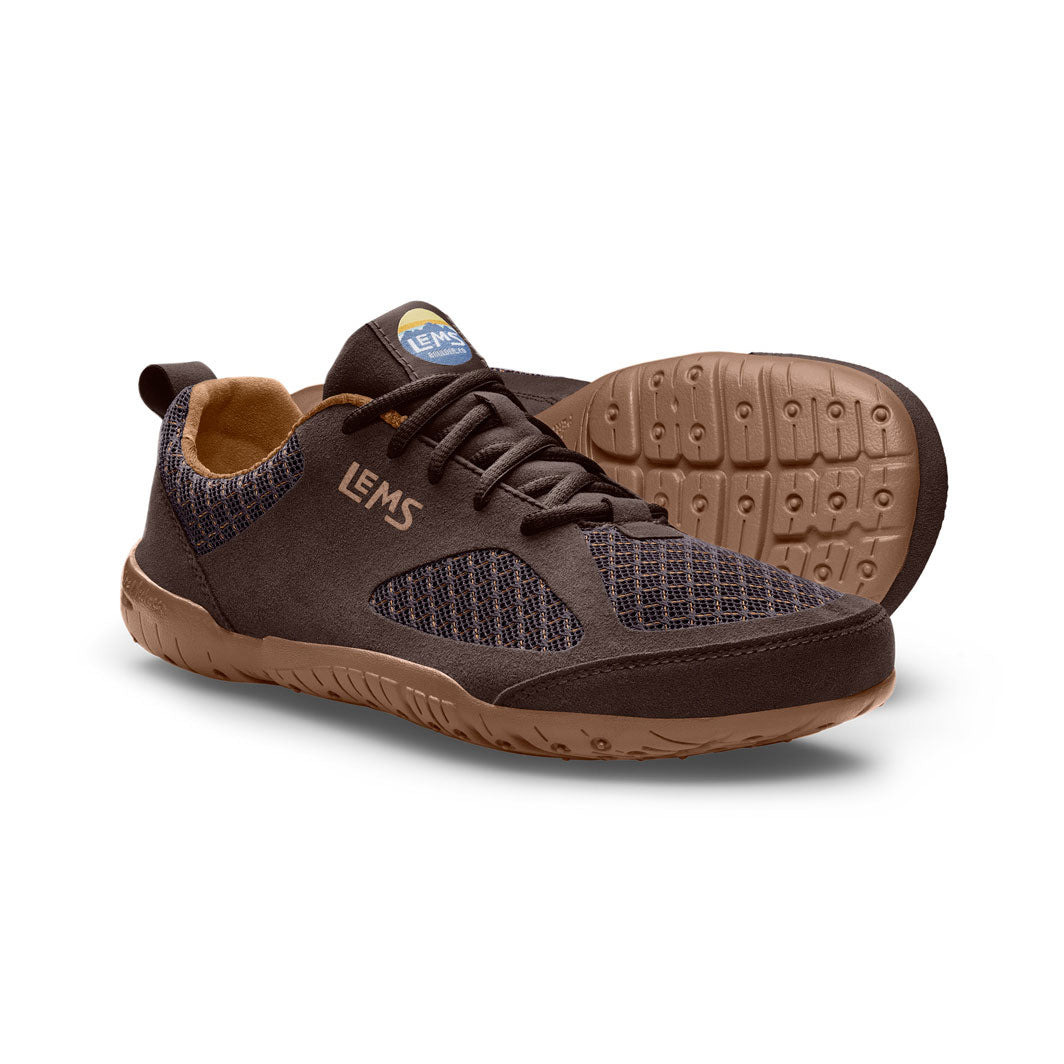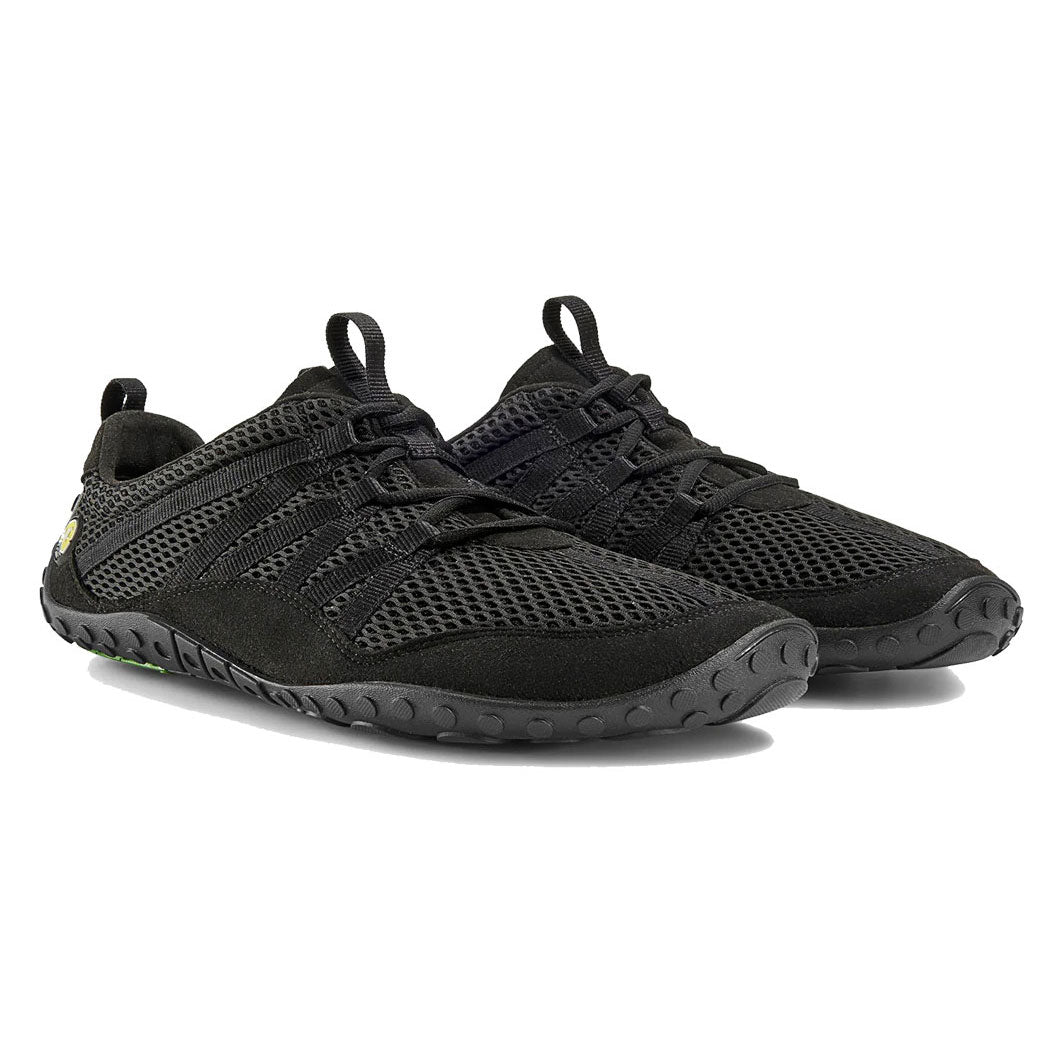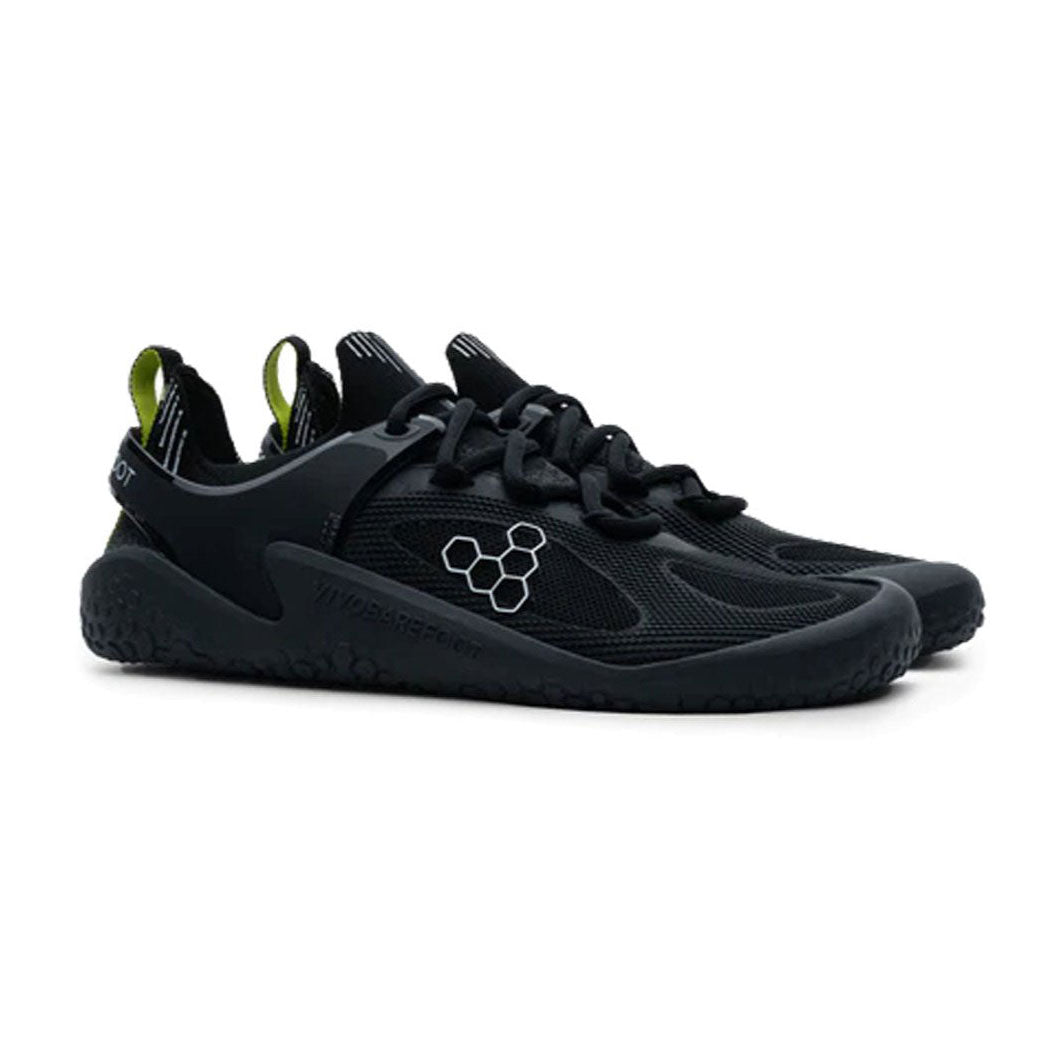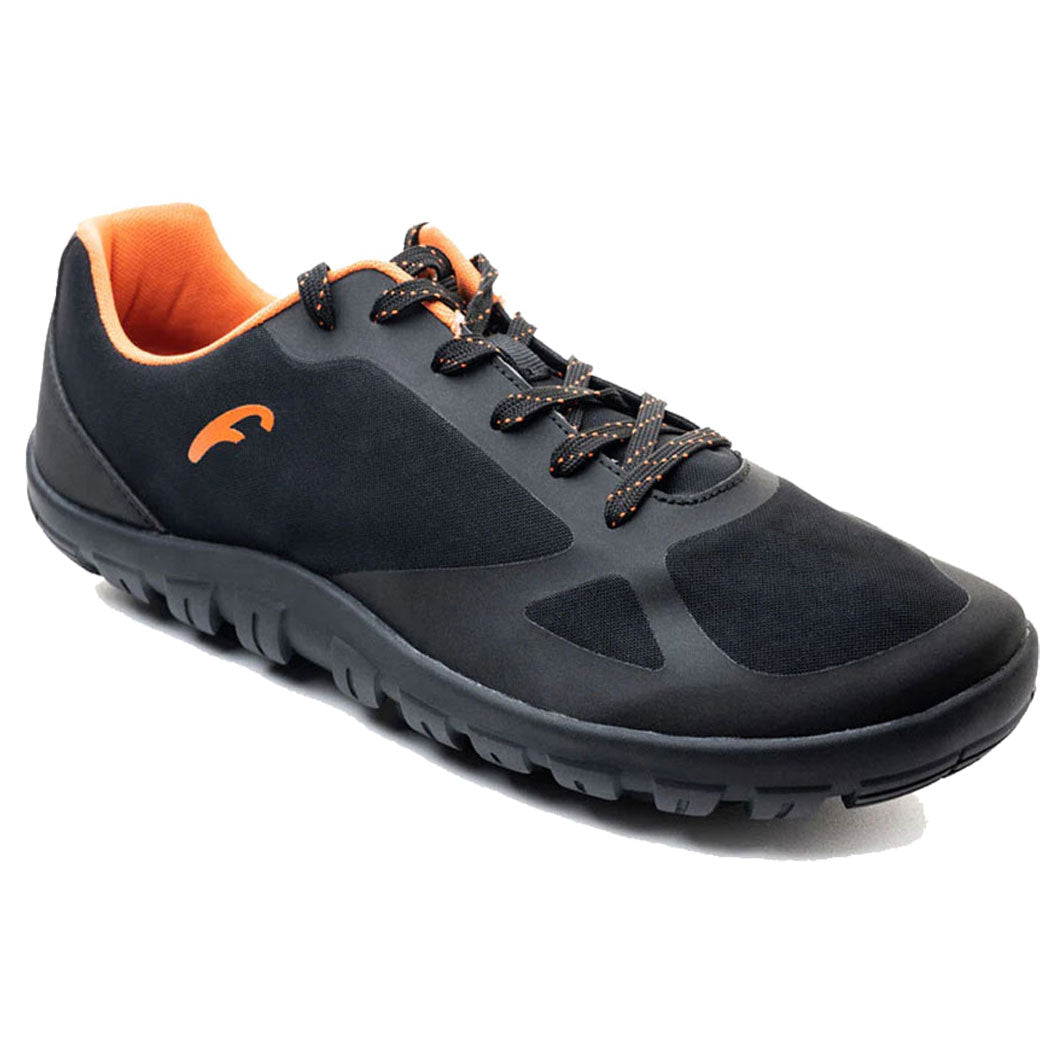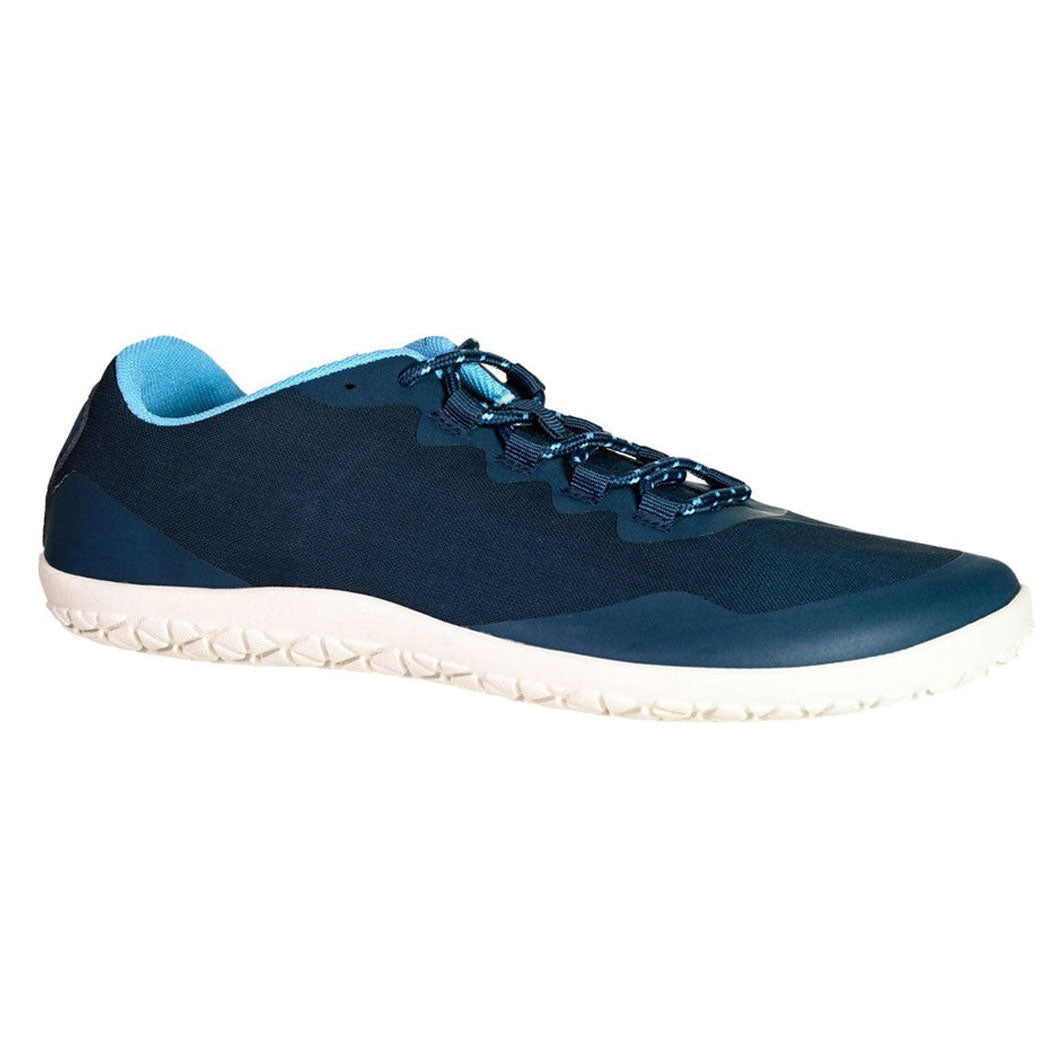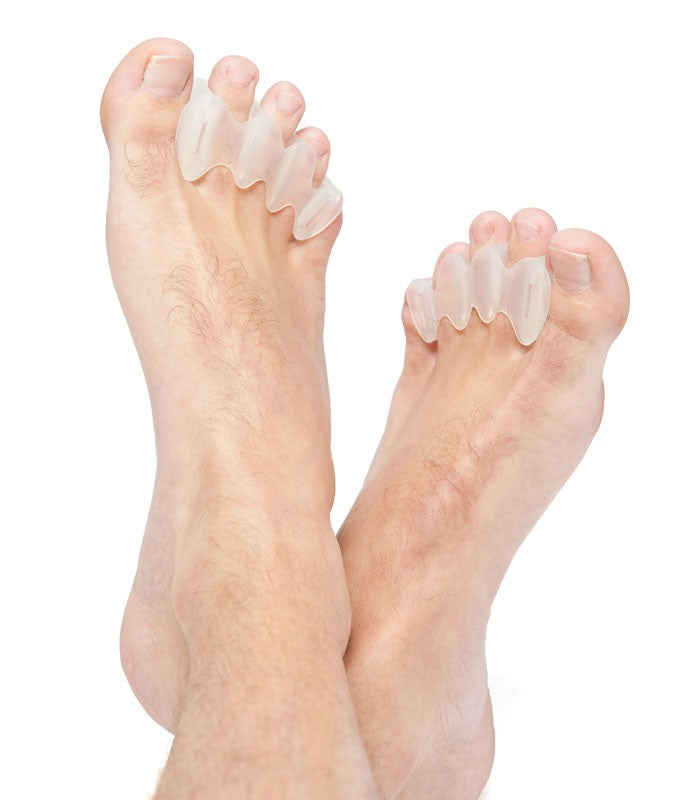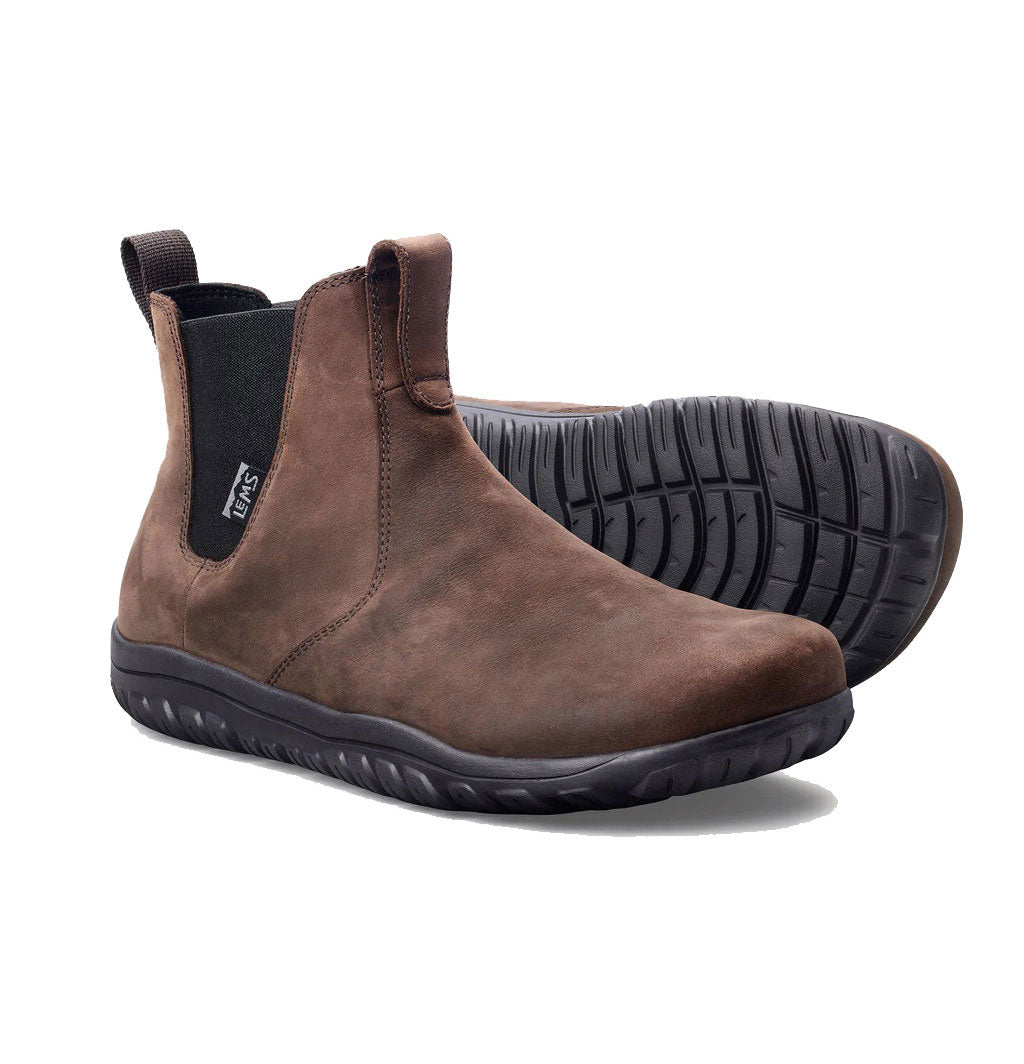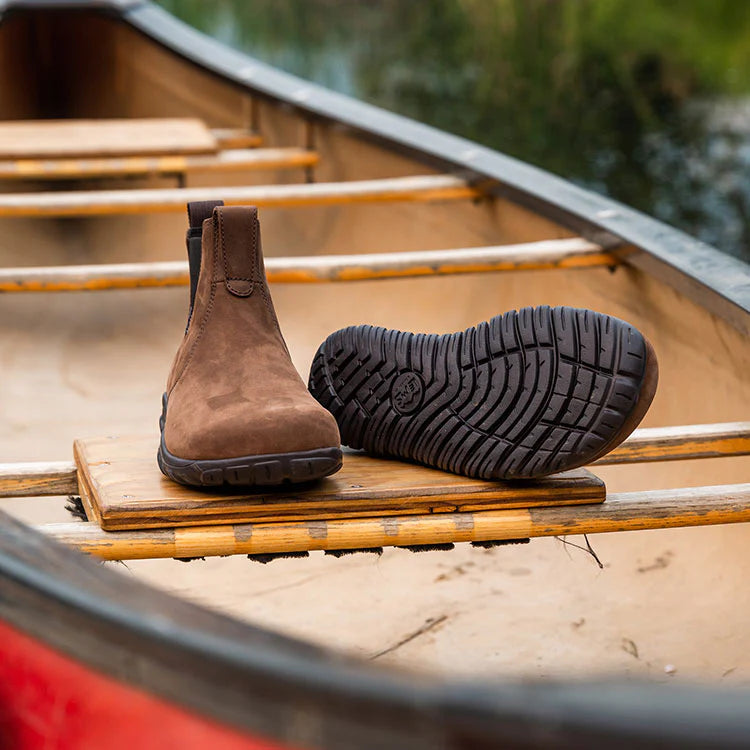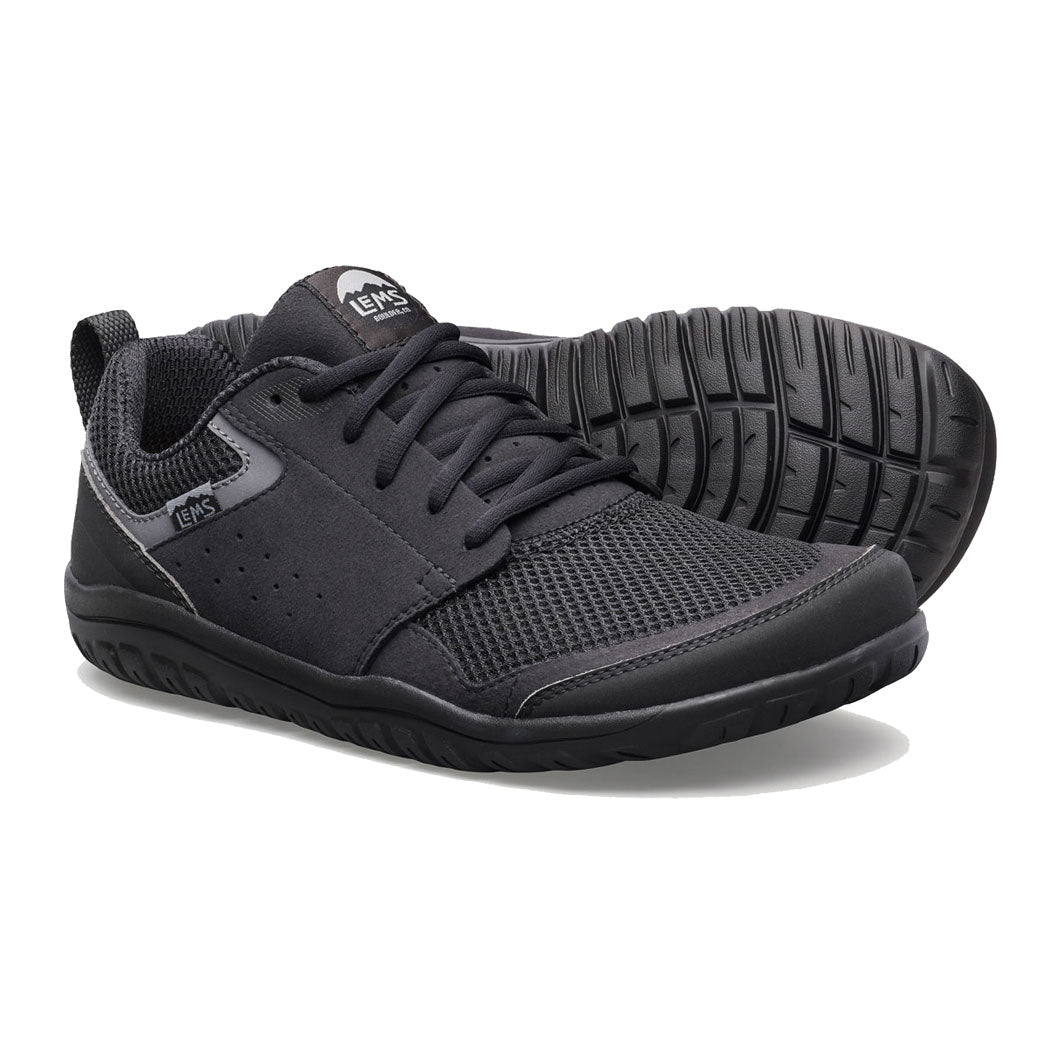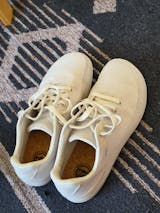When choosing between barefoot shoes and traditional footwear, understanding their impact on foot mechanics, comfort, and long-term health is crucial. This guide compares both styles, helping you decide which is best for your lifestyle.
What Are Barefoot Shoes?
Barefoot shoes are designed to mimic the natural function of the foot. They feature:
-
Thin, flexible soles for natural movement
-
Wide toe boxes for unrestricted toe splay
-
Zero-drop design for proper posture
-
Lightweight materials that reduce unnecessary strain on the feet
-
Breathable construction to keep feet cool and dry
Unlike traditional shoes, which often include arch support and cushioning, barefoot shoes encourage active foot engagement, promoting strength and stability. By allowing your feet to move naturally, barefoot shoes help activate underused muscles, leading to better balance and overall foot health. This natural movement supports better circulation and can help prevent stiffness and discomfort associated with restrictive footwear.
Key Differences: Barefoot Shoes vs. Traditional Shoes
1. Foot Mechanics
-
Traditional Shoes:
-
Raised heels shift body alignment forward, altering natural posture
-
Narrow toe boxes restrict natural toe movement
-
Arch support reduces muscle engagement, potentially weakening foot structure
-
Barefoot Shoes:
-
Allow natural foot mechanics and proper alignment
-
Encourage full range of motion and balance
-
Strengthen foot muscles over time
By allowing your feet to function as nature intended, barefoot shoes promote better posture, reduce foot fatigue, and help prevent common foot issues like plantar fasciitis. They also encourage a natural walking gait, reducing strain on joints and ligaments.
2. Comfort and Sensory Feedback
-
Traditional Shoes:
-
Provide cushioning that absorbs shock but reduces ground feel
-
Can create dependency on support, leading to weaker foot muscles
-
Barefoot Shoes:
-
Allow greater sensory input, improving balance and agility
-
Promote lighter, more responsive walking and running patterns
The thin, flexible soles of barefoot shoes enhance proprioception, or the body’s awareness of movement and position, leading to a more natural and efficient gait. Many wearers report feeling more connected to the ground, experiencing a greater sense of stability and confidence in their movements.

3. Long-Term Health Benefits
Traditional Shoes May Contribute To:
-
Foot deformities like bunions and hammertoes
-
Poor posture and knee or back pain
-
Muscle atrophy due to excessive arch support
Barefoot Shoes Can Help With:
-
Strengthening foot and lower leg muscles
-
Improving posture and reducing strain on joints
-
Enhancing mobility and natural movement patterns
Research suggests that transitioning to barefoot footwear can improve overall foot strength and stability, reducing the likelihood of foot-related injuries over time. Additionally, barefoot shoes encourage a more natural walking stride, which can help alleviate chronic pain in the knees, hips, and lower back.
Transitioning to Barefoot Shoes Safely
If you’re new to barefoot shoes, transitioning gradually is essential:
Start with short walks to adapt your foot muscles. Practice foot-strengthening exercises. Choose high-quality barefoot footwear like those from Vivobarefoot or Freet.
Additionally, consider alternating between barefoot and traditional shoes during the transition period to prevent excessive strain. Strengthening your feet with balance exercises and toe stretches can also help improve stability and mobility, making the switch smoother and more comfortable.
At Bprimal, we offer a curated selection of barefoot shoes designed for all lifestyles, from casual wear to active performance. Whether you're new to barefoot footwear or a seasoned minimalist shoe enthusiast, our collection has the perfect fit for your needs. Explore our range of barefoot shoes tailored for work, leisure, and sports to ensure optimal foot health in any setting.

Conclusion
Switching to barefoot shoes can lead to better foot health, improved posture, and increased comfort. While traditional shoes provide cushioning, they may weaken natural foot mechanics over time. Choosing the right footwear depends on your needs, but barefoot shoes offer a strong case for natural movement and long-term benefits.
By embracing barefoot shoes, you take a step toward healthier, stronger feet. Ready to make the switch? Visit Bprimal today to explore our range of barefoot shoes and start your journey toward better foot health! Investing in the right footwear today can lead to a lifetime of improved mobility, reduced discomfort, and enhanced overall well-being.



